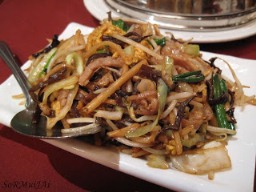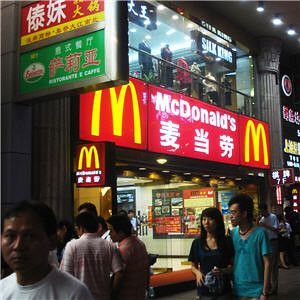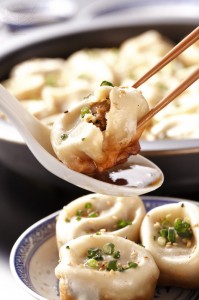By A . Nichols
Mushu pork, General Tsao’s chicken, egg rolls and the like aren’t nearly as Chinese as you may think. An article by David Chan details how their birth can be dated back from the late 1800s when Chinese immigrants first came from America from the Toishan region of China, seeking a new life, as well as an escape from the less than ideal conditions in their homeland. They quickly found work on the railroads and in American’s kitchens, contributing both to America’s international railroad and America’s cuisine. At first, the Americans were hesitant to allow their employees to cook authentic Chinese food in their homes. This led to the Chinese using what they know, combined with the ingredients available to create some of the first American-Chinese fusion.
One of the dishes created in this process is chop suey, a dish created with egg, meat and various vegetables, typically in a starchy sauce. Fast forward about 60 years, Americans have developed a taste for food on the go due to bigger cities and faster cars. In nearly every big city,

corners are dotted with delivery Italian and Chinese delivery restaurants, or chow chow houses as Americans called them at the time. The hamburger delivery joints of the 1920s had finally met their match, in the form of food cooked by Chinese immigrants, contained in wax paper boxes and plastic take out bags.
At the end of nearly every Chinese meal in America, at the bottom of every take out bag, and in the kitchen drawers of American kitchens lurks the fortune cookie. One may be lead to believe that the iconic fortune cookie is one of the most Chinese foods out there, but they would be sorely mistaken. Fortune cookies are without a doubt one of the least Chinese foods served in American-Chinese restaurants, often being made in Mexico along with most of the food served in Chinese buffets.

American-Chinese food has made a complete circle, returning home to China. As more and more expats begin to call parts of China like Beijing home, more and more American-Chinese restaurants are popping up in China in hopes of catering to homesick expats looking for a slice of the old country. One of these innovators is Lu Wintao, a Chinese American chef. He started refining his techniques in the American south, in North Carolina where he learned to blend Chinese food with American cuisine. After his tenure in North Carolina, he went back to Beijing where he opened up the Lobster House, a restaurant that serves the crustacean in multiple ways, many of them with an American twist.







